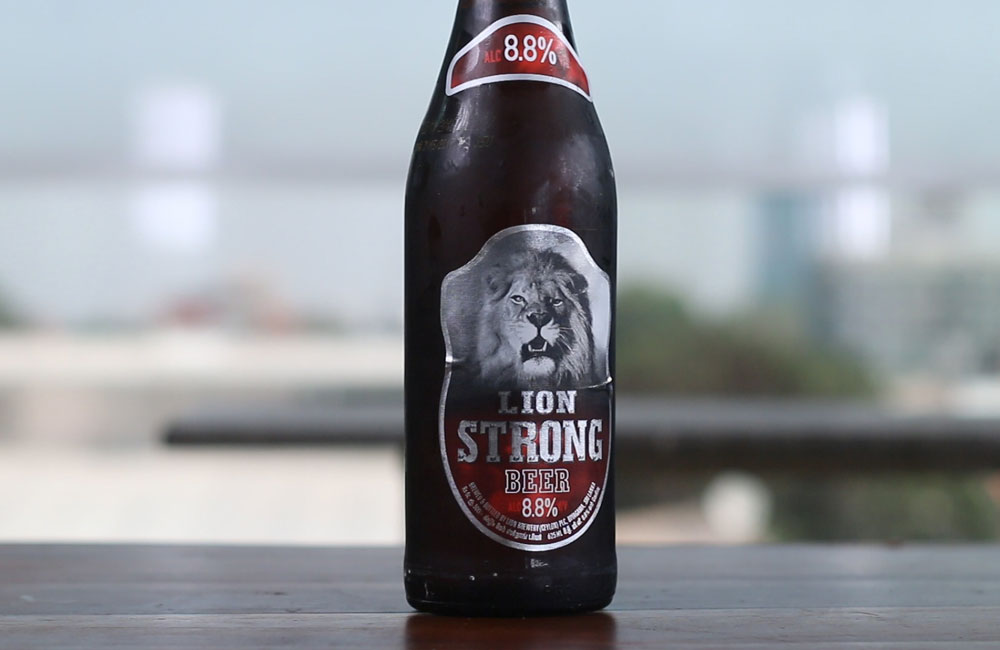Sri Lanka’s beer sector is navigating a delicate balance between resilient demand and heavy taxation, as new data show modest production gains but flat sales revenue in 2025.
The industry, dominated by Lion Brewery (Ceylon) PLC and Distilleries Company of Sri Lanka (DCSL) – which last year acquired Heineken Lanka – remains one of the government’s largest tax contributors.
In the financial year ended March 2025, Lion Brewery alone generated RS 123.2 billion in revenue, paid nearly RS 97 billion in taxes – equal to about 3 percent of state tax revenue – and reported a net profit of RS 9.5 billion, official financial statement data showed. .
Yet these figures mask signs of strain. Following the January 2025 excise hike, which raised levies per litre to Rs 333 for beers with less than 5percent ABV, Rs 400 for 5–12 percent ABV, and Rs 446 for those with higher ABV, volumes dropped as legal liquor "sailed beyond affordability levels," according to company reports. (ABV, or Alcohol by Volume, is the standard measurement of alcohol content, the percentage of pure alcohol in a beverage.)
The government added to the pressure in April by suggesting an automatic excise indexation device which would link duty increases with inflation in an effort to generate real-term revenues.
While praised by policymakers for its volatility, brewers warn that higher prices risk spurring a consumer exodus to illegal beverage alcohol and slashing industry volumes and state revenues.
Production trends suggest a tentative rebound. The Index of Industrial Production (beverages category) grew 6.4 percent year-on-year in the second quarter of 2025, with a sharp 15.9 percent surge in April offsetting weaker output in May.
However, the largest listed brewer’s June quarter results underline demand fragility: Lion’s revenue slipped 2percent year-on-year to Rs29 billion, though profit rose 10 percent on tighter cost control and product mix management.
A crucial offsetting factor has been the rebound in tourism, a major driver of on-trade beer consumption.
July 2025 tourist arrivals hit 200,244, up 6.6percent year-on-year, bringing total visitors past 1.3 million by end-July and nearing 1.5 million by mid-August. Hotels, bars, and restaurants report stronger beer sales, particularly in the premium and international lager categories where Heineken and Tiger – now marketed by DCSL – compete directly with Lion’s portfolio.
Analysts suggest the remainder of 2025 will hinge on the interaction of these forces. Base-case forecasts see low single-digit volume growth, supported by tourism and stabilising incomes, but mid-single-digit revenue growth largely driven by higher prices rather than stronger consumption.
The risks remain tilted to the downside. Another round of excise indexation before year-end, coupled with intensifying competition from DCSL-Heineken, could squeeze margins and volumes further.
At the same time, substitution toward untaxed or illicit alcohol threatens to undercut both legitimate brewers and state coffers.
For now, Sri Lanka’s beer industry stands as a fiscal workhorse and a tourist beneficiary, but its recovery is capped by taxation that may be approaching the limits of consumer tolerance.
Sri Lanka’s Beer Industry Caught between Tax burden and Tourism Boost
Sri Lanka’s beer industry is facing mounting pressure as heavy taxation offsets the benefits of recovering tourism and steady consumer demand. The sector—led by Lion Brewery (Ceylon) PLC and Distilleries Company of Sri Lanka (DCSL), now owner of Heineken Lanka—remains a major revenue source for the government. In FY2024/25, Lion Brewery paid nearly Rs. 97 billion in taxes, equal to about 3 percent of total state revenue.
However, January’s excise hike raised levies up to Rs. 446 per litre depending on alcohol strength, pushing legal beer prices beyond affordability and dampening sales volumes. The Index of Industrial Production for beverages rose 6.4 percent year-on-year in Q2 2025, but revenue growth stayed flat as brewers warned of rising demand for illicit alcohol.
Tourism has offered some relief, with arrivals surpassing 1.3 million by end-July 2025, lifting hotel and bar sales. Still, analysts caution that further tax indexation could stall recovery and erode state revenue.

Leave your comments
Login to post a comment
Post comment as a guest